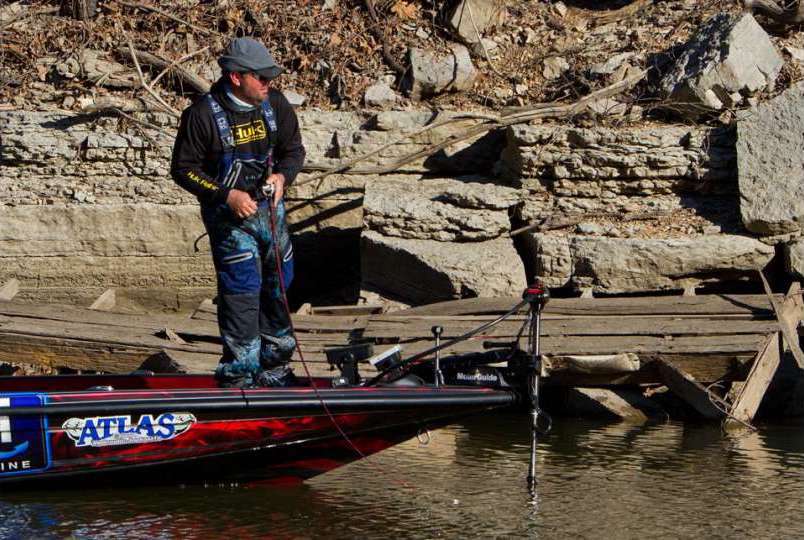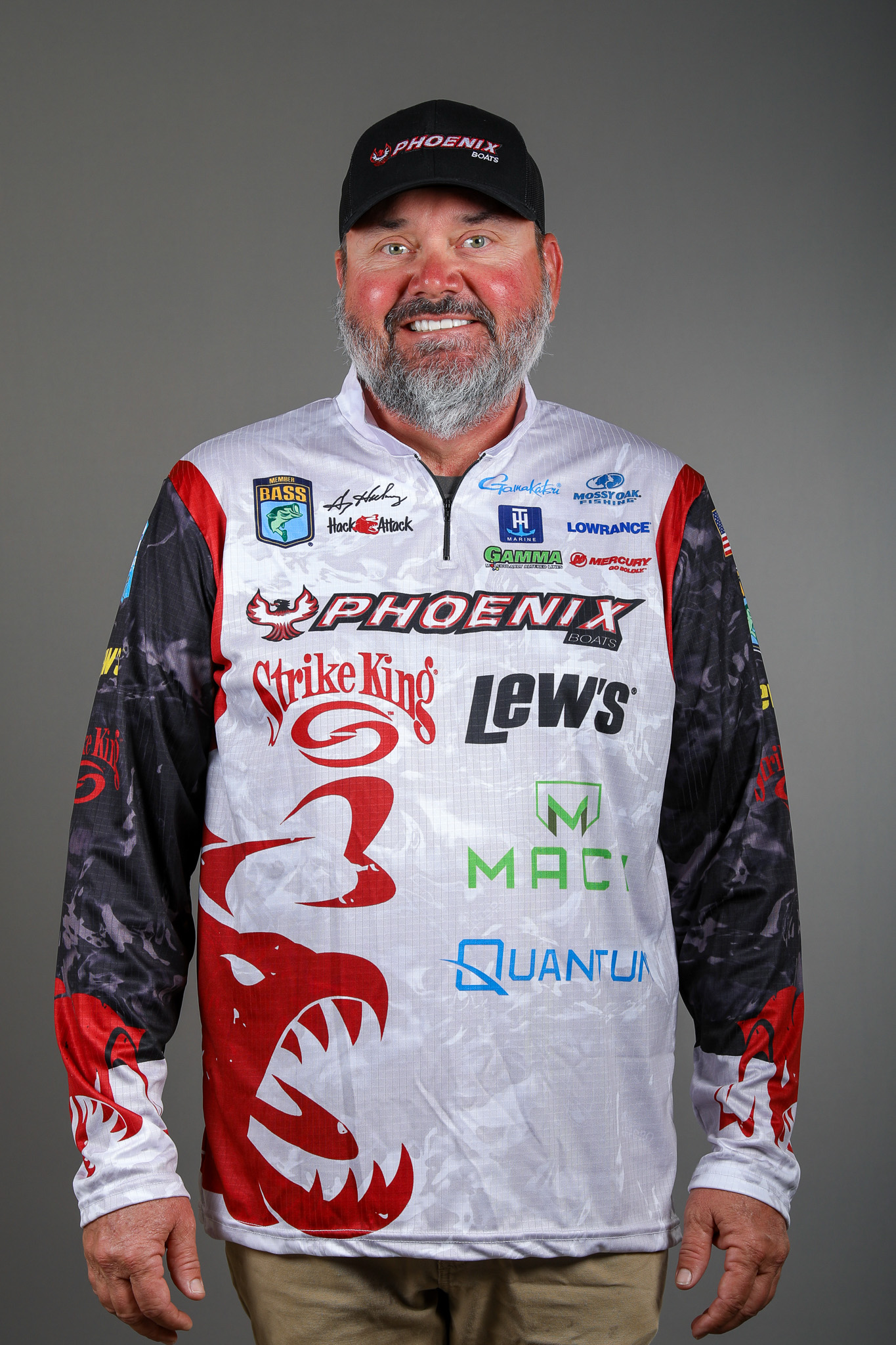
Luca Popescu from Kansas State University College of Veterinary Medicine asked me about big swimbaits. Basically, he wanted to know why they seem to be more popular on the West Coast and why you don’t see them much with the Top 12 on Sundays.
We’ll start this off by defining big. Actually, when I say big I really mean giant. That’s something at least 10 or 12 inches long. That’s a huge lure. Almost by definition you’ll need a big bass to see something like that as prey, and then to want to eat it. There are only a few places in the country where that combination exists.
Obviously, out west is one of them. Texas and Florida fall into that category, too. And so do most of the impoundments on the Tennessee River. But, here’s the deal: Big swimbaits are only good under certain, niche conditions. You need clear water, bass you can reach, big bass and big forage. That’s not common with our schedule. In fact, it’s rare.
I’m talking about hollow-belly lures, not hard baits. In shallow water applications most of them are fished weightless. They’re plenty heavy to cast accurately, and we don’t care how deep they run. When bass are holding deeper — like on the ledges at Kentucky Lake — we’ll weight them with heads that go up to 2 ounces.
You have to remember something: What we do isn’t what most anglers do. If we find several smaller bass in a school but there’s also a couple of 4-pounders in the bunch, we want to catch the 4-pounder. We aren’t looking to catch bass and have a fun day fishing. We’re looking for weight.
If you’re a recreational angler, you want to think before you fish a giant even if things are perfect for one. Maybe something a little smaller will get you more action.
That thought brings us to something else you should know about swimbaits and Bassmaster Elite Series anglers. It’s a fact that, beyond a shadow of a doubt, that at least 99.999 percent of our guys will have a swimbait of some kind tied on at all times. Most of them will be between 2 and 8 inches long, and they’ll come pretty close to looking like the local forage.
Swimbaits in general are serious fish catchers when the conditions are right — fish you can get to, clear water and a little something to break up the light penetration. The best advice I can give you beyond that is that when conditions feel right give one a chance. The more you do that the better you’ll get at it.
That’s the best I can do, Luca. If I could set out three or four things in black and white for you, I would. But the deal is that there is no easy answer with these things.
Next week we’re going to talk about forage size and what bass really eat. Much of what I have to say about that will seem contradictory to what I said this week. I’ll do my best to explain why it isn’t.

